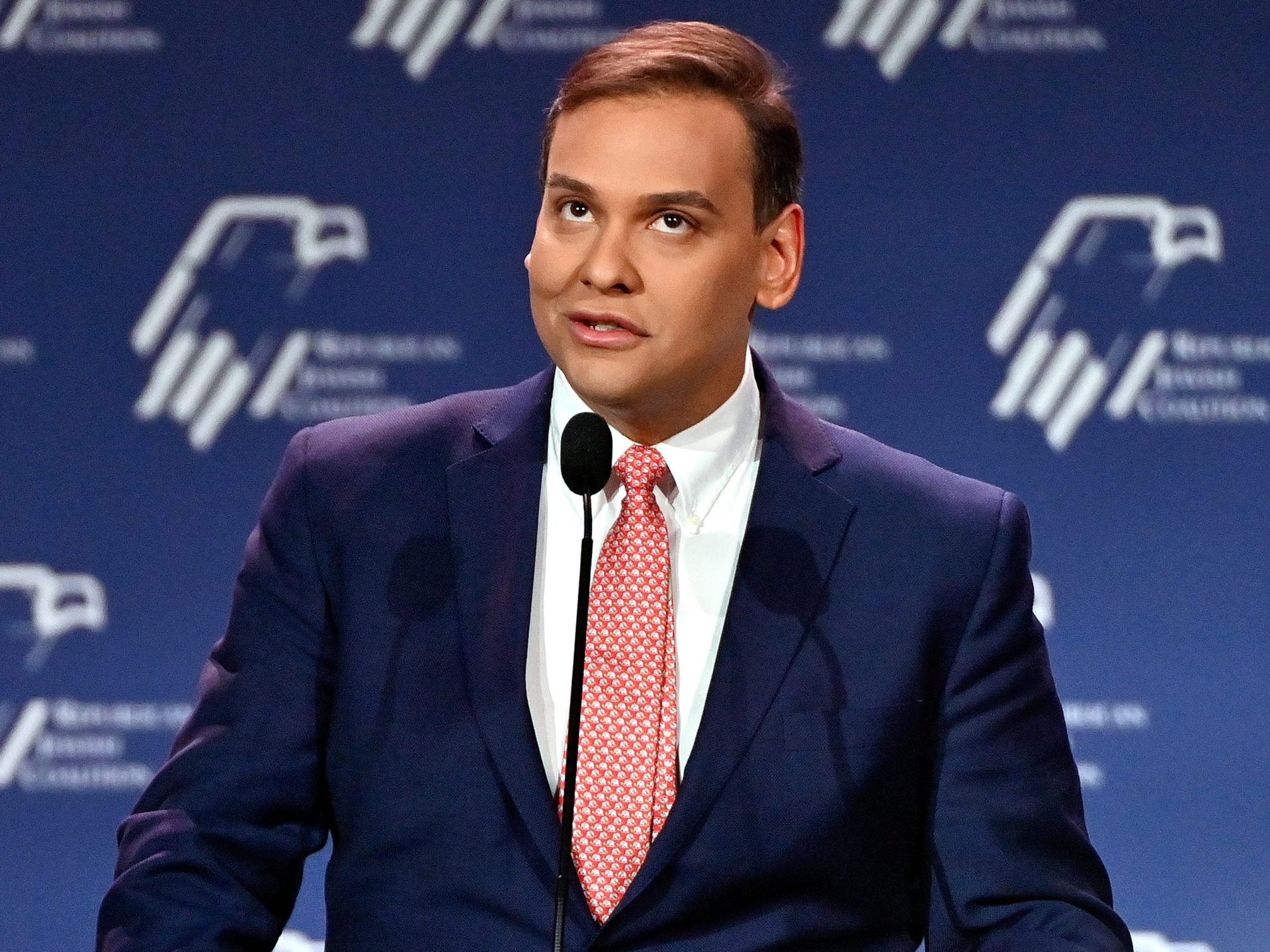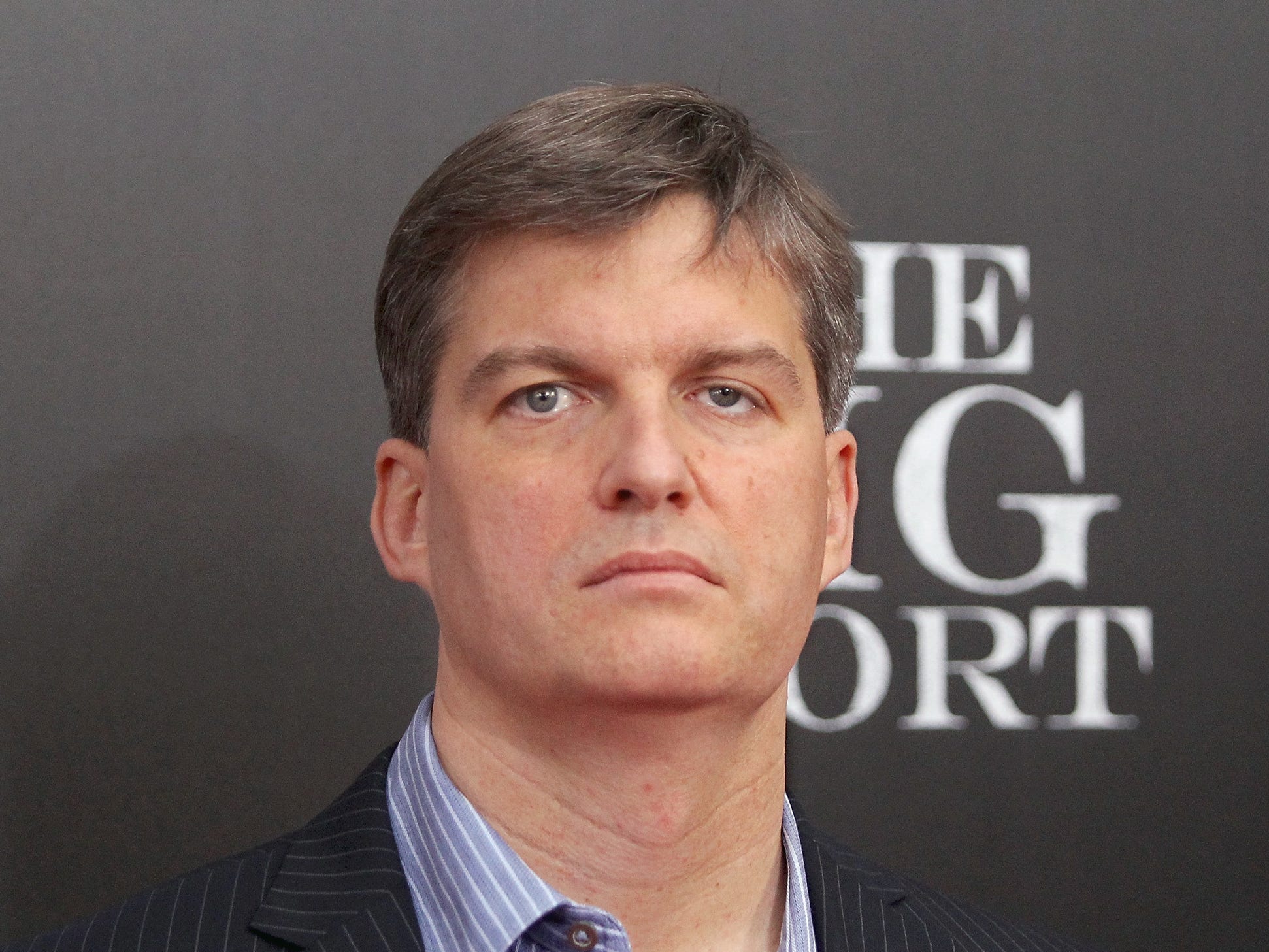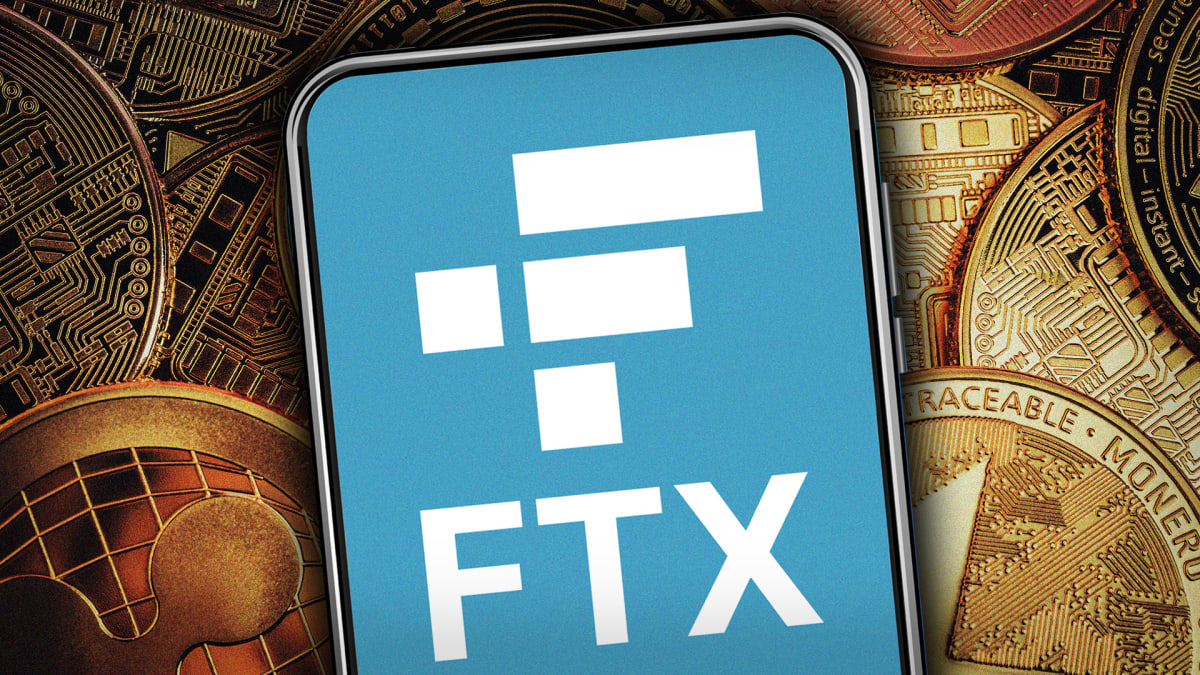Business Insider
Getty Images
Student-loan borrowers are facing a year of uncertainty in 2023.
Broad student-debt relief is up in the air as the Supreme Court will make a decision on its legality.
The student-loan payment resumption is also dependent on how the legal challenges play out.
Todd, a Washington-based student-loan borrower, was “super excited” when President Joe Biden announced up to $20,000 in loan forgiveness at the end of August.
His excitement didn’t only stem from the fact that the relief would wipe out his entire student-loan balance. Todd — who requested his last name be withheld for privacy — was looking forward to nearly every federal borrower experiencing the relief Biden promised them on the campaign trail.
“I didn’t think his campaign promises were ever going to amount to anything, but even after getting the details that it was only $10,000 to $20,000, that was still a nice thing because it gets the ball rolling,” Todd said. “I had no hope whatsoever of anything changing, so when this announcement was made, it was a gamechanger.”
But his mood quickly shifted when lawsuits began to mount, with two so far blocking the relief from being implemented for now as it heads to the Supreme Court. As a result of the legal challenges, the application for debt relief has been paused since October, and the Education Department is prohibited from moving forward with processing the relief until the nation’s highest court rules on the legality of the policy.
“I was really surprised when the lawsuits succeeded,” Todd said. “I’m upset with the administration about the way they handled it, because they could have just made the relief universal. So now I’m back to this point I was before where it’s like, nothing’s ever going to happen.”
Todd isn’t the only borrower concerned with the future of student debt — going into the new year, millions of Americans don’t know whether they will see a reduction to their student-loan balances, when they will have to resume payments on their loans, and how other recently announced reforms to targeted forgiveness programs will be implemented. Here’s what’s in store.
Broad student-debt relief
February 28 is the day the Supreme Court will take on the two lawsuits that have blocked Biden’s student-debt relief. One lawsuit, filed by six Republican-led states, argued the debt relief would hurt their states’ tax revenues, and that of Missouri-based student-loan company MOHELA. In October, the 8th Circuit Court of Appeals paused the implementation of the debt relief in response to that lawsuit, and in November, it ruled the pause will stay in place as the Supreme Court takes on the case.
The other lawsuit was filed by two student-loan borrowers who sued because they did not qualify for the full $20,000 amount of debt relief. A Texas judge ruled the debt relief plan is illegal in response to the lawsuit, and the Supreme Court will take up the case alongside the one filed by the six GOP states.
The Supreme Court will consider these two questions for the GOP states: Whether they standing, and whether Biden’s plan to cancel student debt exceeds the Education Secretary’s authority or is “arbitrary and capricious.”
For the lawsuit filed by the two student-loan borrowers, the Supreme Court will address whether the plaintiffs in the case have standing, and whether Biden’s debt relief was implemented in a “procedurally proper manner.”
Student-loan payment resumption
When federal borrowers resume payments is entirely dependent on how the legal challenges play out. Right before Thanksgiving, Biden announced an extension of the student-loan payment pause through June 30, or 60 days after the lawsuits seeking to block the relief are resolved — whichever comes first.
“If the program has not been implemented and the litigation has not been resolved by June 30, 2023 – payments will resume 60 days after that,” the press release said.
Payments were previously scheduled to resume after December 31, 2022, but Biden noted in his announcement that it “isn’t fair that tens of millions of borrowers that are eligible for relief to resume their student debt payments while the courts consider the lawsuit.”
The Education Department will notify borrowers when it is time to resume payments, and those with federal loans eligible for relief will not be required to pay off their debt in the meantime.
Reforms to targeted loan forgiveness programs
The summer of 2023 should bring borrowers some changes to specific student-loan forgiveness programs. When Biden announced broad debt relief, he also announced changes to income-driven repayment plans, which calculate a borrowers’ monthly payment based on income with the promise of loan forgiveness after at least 20 years.
But paperwork errors and administrative hurdles have plagued the plans, keeping borrowers in repayment for much longer than anticipated. That’s why Biden announced reforms to fix the repayment plans by requiring borrowers to pay no more than 5% their discretionary income monthly on their undergraduate student loans — down from the current 10%.
It would also forgive remaining student debt for borrowers with original balances under $12,000 after 10 years of payments, instead of 20 years, and prevent unpaid monthly interest from adding onto a borrower’s principal balance as long as they’re making monthly payments.
Biden’s Education Department also announced new regulations for targeted programs set to go into effect in the summer. Those include permanent changes to the Public Service Loan Forgiveness program and the Total and Permanent Disability discharge program, along with rules to prevent interest from capitalizing on a borrower’s original balance.
While Democratic lawmakers have welcomed these changes, some Republican lawmakers have argued they are too expansive and should not be permitted. With Republicans taking the House majority next year, it’s a possibility that they may try to pursue legal action to block the implementation of those reforms.










